AI Chatbot Project and The New World of Technological Teaching
Hands-On AI Projects for the Classroom: A guide for Secondary Education Teachers is a project that I came across while doing research for interesting learning methods that harness the emergence of technology in the classroom. The AI project is a new and exciting way for students to interact with content, while also becoming well versed in the functions of AI. The project seeks to build a student’s confidence and intellectual abilities by having the student ask questions with the AI Chabot. The consequences of this inquiry-based platform are that students will embrace their curiosity and have the tools to design their own Chabot, creating a space for applicability throughout their academic journey. Because the nature of AI is always evolving, the limitations of the AI project continually shrink the more the student uses and understands it. We all know that students are under an incredible amount of pressure to perform and make good use of their time. This AI project, when wielded intentionally, can build a foundation of efficiency that a student can harness and utilize for the rest of their academic and professional life.
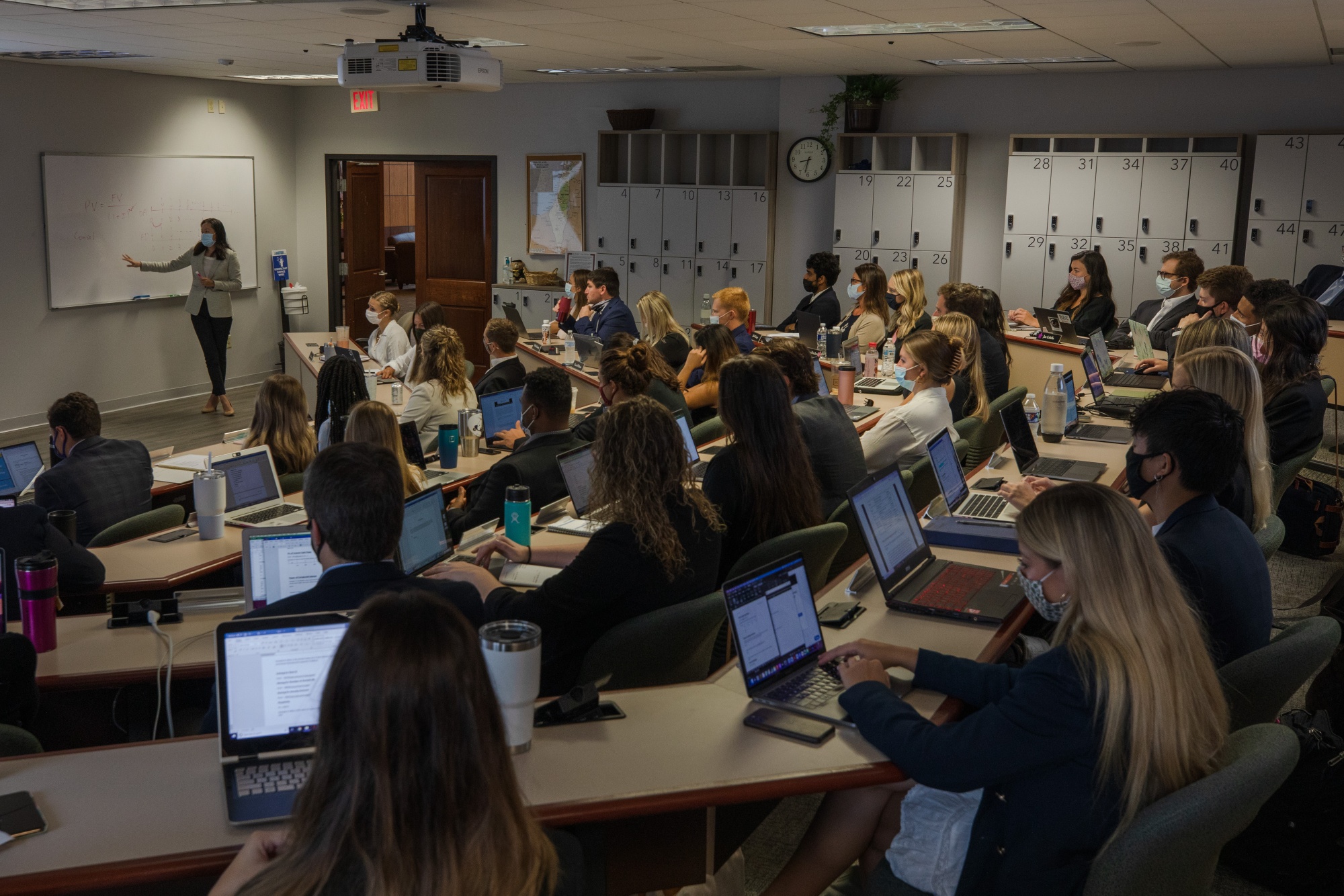
A class of collge students sit in class as they learn about the ethics and practices of AI.www.Bloomberg
A Teachers Role
When it comes to teachers, there are no constraints of AI, they can use it for Math, Social Sciences, English, and foreign languages. In appealing to the range of multiple intelligences, teachers can deploy the AI project into their classrooms to reach all learning styles and grade levels. Teachers can be descriptive in the AI prompts, relating it to the curriculums content, such as asking the Chabot to write a paragraph with grammatical errors and have the students find them in exercises. The possibilities and applications of this AI project are quite literally endless! When educators embrace innovative and new ideas, collaborate in their pursuit of effectiveness, our nations can students truly flourish and grow.

A Teacher stand over her student and guides them as they navigate the wonders and complexities of AI programs.
Author: Chase Iaconelli
Date: 05/29/24
Virtual and Augmented Reality for the Classroom
Advancements in technology have allowed for classroom to become more direct in how any lessons can be applied to the ‘real world’. One of the best ways to through virtual reality (VR) and augmented reality (AR). These pieces of technology can allow for students to explore fictional worlds, or map out how something may exist in front of them. It is important to distinguish the difference between the two reality-influencers. VR acts as a total reshaping and changing of what the user is seeing, it manipulates the whole environment; instead of being in a classroom, the student could be in a museum across the country. AR adjusts to the environment it is used in, and simply adds or subtracts the desired subjected from the view of the user; students could see how large a bear is in comparison to them by using AR to make it look like a bear to right next to them in their own classroom.
VR Tools in the Classroom
If you are looking to extend your students’ awareness and collaboration, you should definitely try out VR and AR tools in the classroom! They allow for students to see how things look in other places in the world, and how objects would look in their own spaces! One great tool to use in the classroom is Nearpod. Nearpod allows for teachers to create interactive lesson reviews for students, all the students have to do is enter the code to the Nearpod and they’ll be in! That’s not all, Nearpod also has a VR system!

Using Nearpod for Global Collaboration
Nearpod has a fantastic function for educators who want to show their students environments from all over the world! When choosing the interactive slide you want your students to see, there is an option for “Virtual Field-Trip”, which can be used to bring your students on a virtual field trip to so many locations! Check out the video below to see how you can add virtual field trips to your own Nearpod!
How does this circle back to collaboration? Well, thinking back to the stories we read in our “Seven C’s” book this semester and the global goals project, it is easy to see how using this feature of Nearpod brings great opportunities for students to get involved! By showing students different environments, whether it be to see how humans impact wildlife or to see the living conditions of other people, showing students what exists in the world is a great way to get them involved with projects such as global goals. For instance, if your students are learning about human impact on the environment, show them the environment from the lesson, and have them discuss ways to clean up, or use Nearpod with students from a classroom across the world and show each other how they live day to day! Nearpod holds endless possibilities for students to collaborate with their peers both inside and outside the classroom to make the world a better place to live! Maybe you don’t know where to start in your virtual lesson, but that’s okay, here is a resource I found that may bring some inspiration for what lessons you can create!
Conclusion
Don’t be afraid to try out new teaching methods, students thrive on being able to learn in different ways, and what better way to spark their imagination than by providing them an almost-real-life experience that VR and AR can bring to a classroom!
Citations
Nearpod: https://nearpod.com/nearpod-vr
Youtube video: https://www.youtube.com/watch?v=AvFpI2l2yXE
Global Goals webpage: https://www.globalgoals.org/
Lesson plan inspiration: https://www.classvr.com/category/virtual-reality-teacher-lesson-ideas/
“New Jersey School Boards Association Releases Guidelines for Social Networking Policies”
Here is a link to the article that was provided
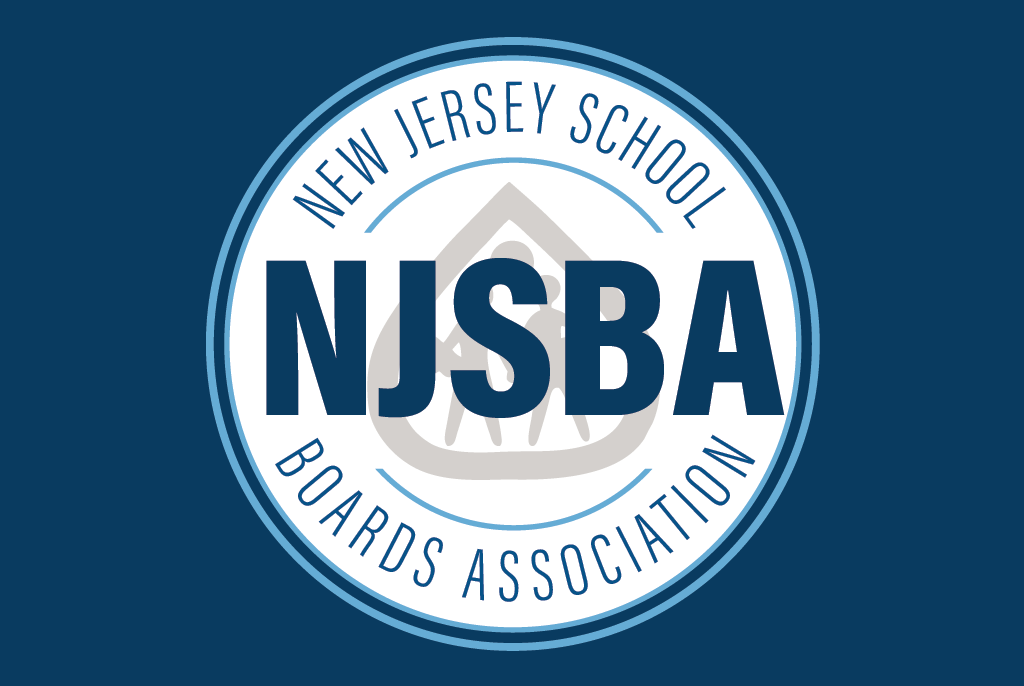
To adapt to the changing digital landscape, the New Jersey School Boards Association (NJSBA) recently published a model policy aimed at guiding local boards of education in complying with a new law regulating social media use between teachers and students. Governor Christie signed the legislation on April 24, emphasizing the need for school districts to establish clear policies regarding electronic communications.
Social media’s rapid growth prompted NJSBA to develop a model policy addressing how school staff should use electronic communication and social networking. With recent legislative changes, the policy has been revised to encompass new areas of electronic communication, including online education.
According to NJSBA President John Bulina, such policies are essential to maintaining proper communication channels. He emphasized the need for school boards to prevent inappropriate interactions between students and staff, ensuring child safety and providing guidance to instructional staff.
The newly enacted law mandates school districts to adopt a written policy governing electronic communications between school employees and students. This includes regulations for communication through email, cell phones, social networking sites, and other Internet-based platforms. Districts are given a 120-day window from the signing date to implement these policies.
The NJSBA model policy, titled “Electronic Communication by School Staff, ” recommends annual orientations or reminders for staff members, emphasizing the importance of maintaining decorum both online and in person. The policy delves into specific guidelines, such as teachers requiring written approval from their principal before “friending” students and the stipulation that all electronic contact with students should occur through district-approved computer or telephone systems.
Additionally, the policy addresses the appropriateness of staff members’ personal use of social networks, prohibiting the posting of any content related to students. It also emphasizes proper behavior during online education sessions, highlighting that “an online classroom is still a classroom.”
While NJSBA’s model policy aligns with legislative intent, it grants districts the flexibility to create their policies based on the unique preferences, needs, and challenges of their communities. This approach empowers local boards to tailor regulations that best suit the dynamics of their educational environments. As college students navigate a digital era, it’s crucial for us to be aware of these policies shaping the educational landscape and to understand the significance of responsible online interactions between educators and students.
Immersive technology in Education
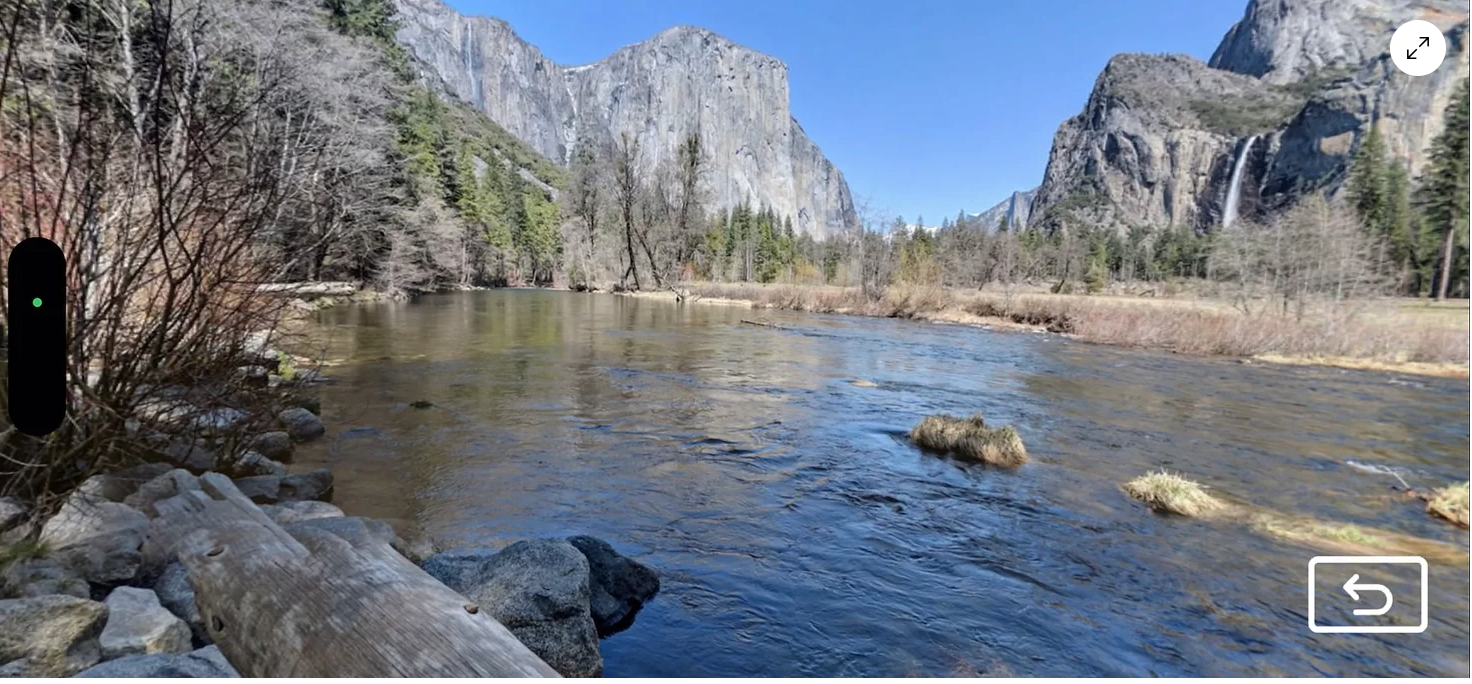
As I was exploring this blog about how to incorporate VR and AR within a classroom setting I cam across one that really caught my eye. It is called “Xplore”, this blog starts off by explaining, Xplore by TimeLooper offers an immersive educational experience through augmented reality. With Xplore, students can delve into a variety of subjects including:
- United States History
- The Civil Rights Movement
- World History
- State Parks
- World War II
- Animal Kingdom
- Pre-Colonial and Colonial Eras
- Government
- Nature
Using this tool lets you show your students some historical sites, visualize the impacts of war, and more, all through these AR experiences.
This is a tool I defiantly will be sharing within my classroom and I think more people should too. It gives the visual students a really get grasp on certain parts of the world without physically being in that place.
Virtual Reality In Classrooms
Educators and students have access to advanced technology and the internet. Educators can take advantage of these tools to encourage more interactive learning and development for students. The WE Virtual Learning Center is highly recommended for enhancing learning and global collaborations. I checked out some of its features, including their student toolkit, and their collaboration with Thrively.
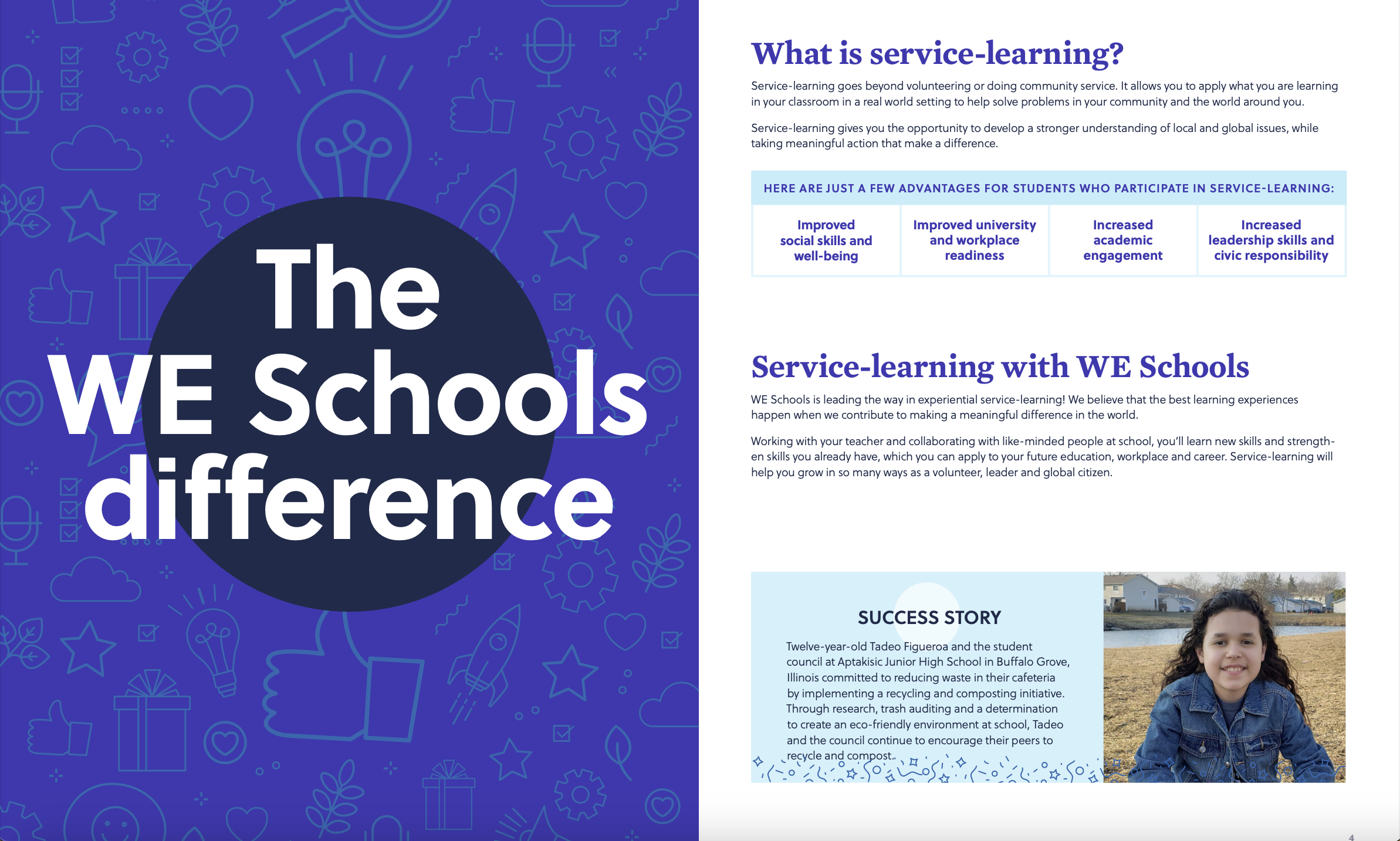
The WE Virtual Learning Center created a toolkit for students to use to improve their service learning skills. It has lists of ways to do good in one’s community as well as suggestions for becoming a better global citizen. I like how this resource provides examples of volunteer work in different communities. In addition, students have the opportunity to set and achieve various goals that are connected to achieving global goals. Educators can encourage their students to create positive change in this world thanks to the student toolkit.
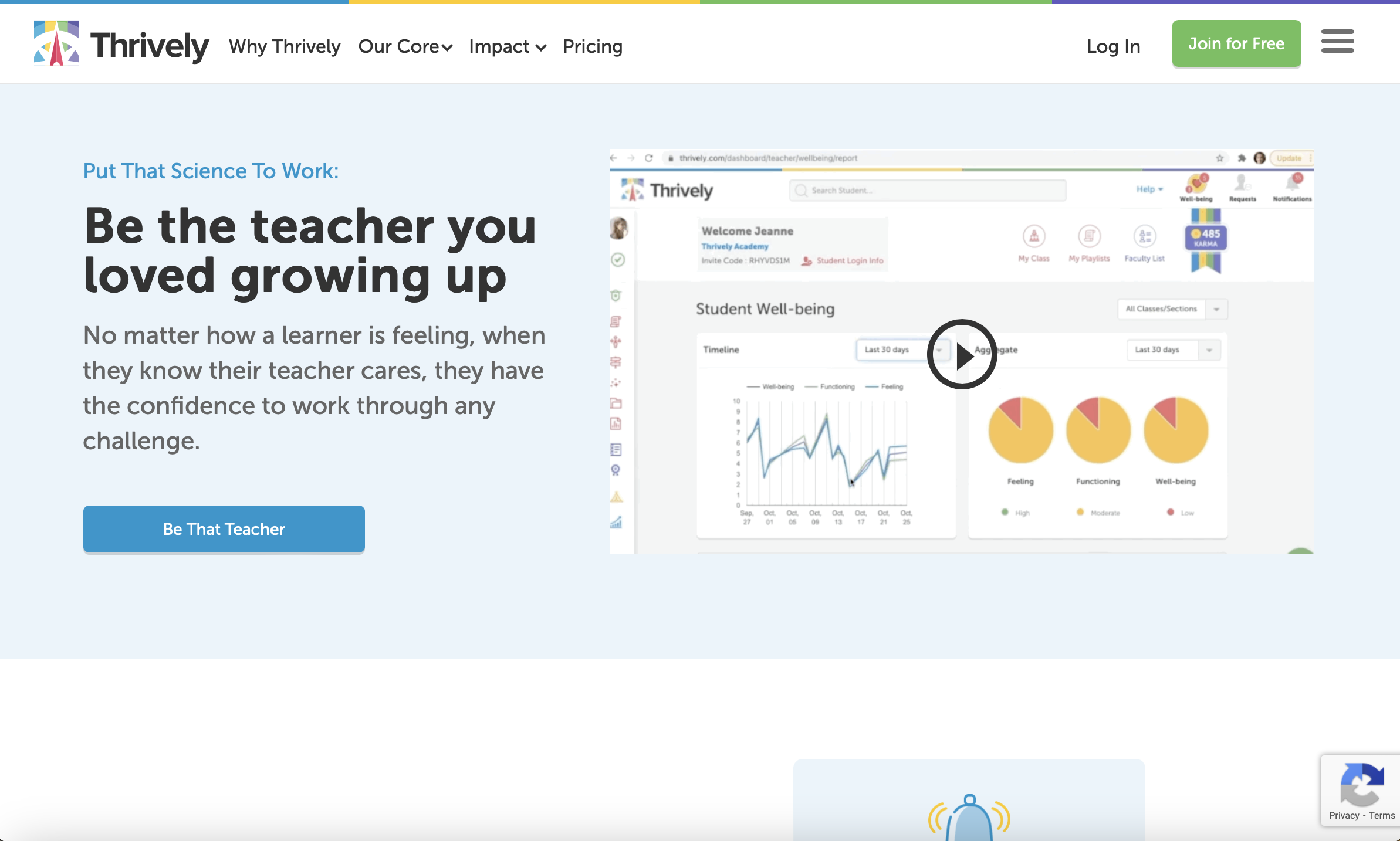
WE and Thrively collaborated to create a site in which students express how they feel each day. This method will help educators with tracking student progress and giving students the resources needed to succeed. I really enjoyed seeing the data bases on how students feel along with how organized they are. This reminds me of one of the courses I took this past semester called African Americans on Television. My professor would always start the beginning of class with weekly check-ins to see how the class was doing. I would recommend utilizing this resource to develop teaching skills.
The Power of VR in global collaborations in education
VR is changing the way we approach global collaboration, and it’s mostly in the educational setting. By making immersive and interactive environments. VR allows students and educators from different parts of the world to connect and collaborate in real-time, as if they were together. This technology helps engagement and fostering a sense of presence among students and educators. VR helps to create diverse learning experiences and promotes creativity by allowing people to interact with each other and their virtual surroundings in many ways. It also offers opportunities for practicing new skills in realistic settings, which is particularly beneficial in educational contexts where experiential learning is key.
The technology’s ability to make different environments and scenarios supports a wide range of collaborative activities, from joint projects and experiments to cultural exchanges. This not only enhances learning outcomes but also helps in developing social skills and cultural awareness among students. By integrating VR into the lesson plans, educators can provide their students with a global perspective, preparing them for a more interconnected world. The adaptability of VR platforms ensures that they can be tailored to meet the specific needs of diverse educational settings, making it an invaluable resource for fostering global collaborations in education.

Enhancing Global Collaborations in Education through Virtual Reality: A Journey into Immersive Learning
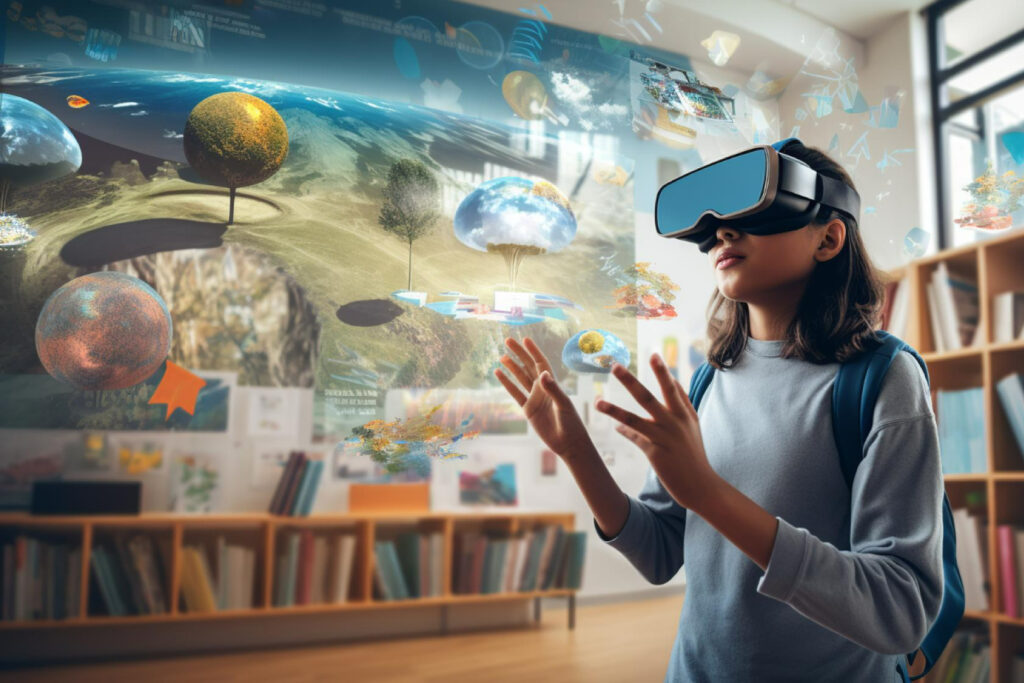
Introduction:
The use of augmented reality (AR) and virtual reality (VR) in education has opened up countless possibilities for immersive learning experiences at a time when technology is rapidly advancing. These tools, which provide students with an avenue to experience the world outside of textbooks, have transformed traditional classroom settings. They range from engaging virtual field trips to interactive simulations. The real potential of VR and AR, however, is found in promoting international student cooperation in addition to enhancing solitary learning. We examine the revolutionary possibilities of VR and AR in K–12 education in this blog article, as well as how they might act as catalysts for fruitful international cooperation.

Exploring the Landscape of VR and AR Tools:
Prior to exploring the world of international cooperation, let’s become acquainted with some of the major VR and AR resources that are changing the face of education. Websites such as Veative, Nearpod, and YouTube 360 films have become indispensable tools for teachers who want to use VR and AR in the classroom to create immersive learning environments. With the extensive collection of interactive simulations that Veative provides, students can interact practically with difficult ideas. With Nearpod, instructors can easily include virtual reality (VR) experiences into their class plans, enabling them to provide engaging presentations for their students. In the meanwhile, YouTube 360-degree films take students to far-off places, providing them with virtually limitless field trips.
Unlocking Global Collaborations:
Let’s now close the distance between international partnerships and immersive learning. Consider a classroom in New York using Veative’s lifelike virtual reality simulations to go on a virtual field trip to the Great Wall of China. Through the same virtual experience, students in Beijing, located halfway around the world, are likewise discovering the glories of their cultural heritage. Teachers can organize real-time collaborative sessions where students from several continents collaborate to solve interactive puzzles or dissect virtual specimens by using platforms such as Nearpod. Additionally, YouTube 360-degree films provide a global forum for students to share cultural experiences and exchange viewpoints and thoughts from around the globe.

Lesson Plan: Journey Across Continents
Objective:
To facilitate global collaborations and cultural exchange through immersive VR experiences.
Materials Needed:
– Veative VR headset or compatible VR devices
– Nearpod presentation with interactive VR content
– YouTube 360 videos showcasing cultural landmarks
– Internet-enabled devices for each student
Procedure:
1. Introduce the concept of global collaborations and the importance of cultural exchange in today’s interconnected world.
2. Divide students into groups, ensuring diversity in geographical backgrounds.
3. Provide each group with access to Veative VR headsets or compatible VR devices.
4. Guide students through a virtual field trip to a culturally significant landmark using Veative’s immersive simulations.
5. Encourage students to take notes and reflect on their experiences during the virtual journey.
6. Reconvene the class and facilitate a collaborative discussion using Nearpod’s interactive VR presentation.
7. Allow students to share their insights and observations, fostering dialogue across cultural boundaries.
8. Conclude the lesson with a screening of YouTube 360 videos showcasing various cultural landmarks, encouraging students to explore and appreciate the diversity of our world.
Conclusion:
Overall, the incorporation of virtual reality and augmented reality into educational settings presents significant opportunities for promoting cross-cultural cooperation and understanding among students. Through the utilization of immersive technology, instructors have the ability to surpass geographical limitations and offer students chances to investigate varied viewpoints and participate in significant cross-cultural interactions. Let’s take a collaborative step towards a future that is more compassionate and interconnected as we embrace the revolutionary potential of virtual reality and augmented reality in education.

Virtual and Augmented Reality
the Use of VR could be a very useful thing when it comes to teaching kids. From my perspective as a student it was best to learn when there where different websites and fun activities to do. Now with all the technology on the rise VR could be a very use full thing in the classroom. VR is very cool because it allows students to go to places in VR that they have never been. VR is very cool and how you can go anywhere you want and feel like you are in it. Like for an example in a history class you are learning about the great pyramid. Although students may never get to go there, they can use VR to see what it is like to be near the pyramids. these student will get to experience a different type of learning thought VR which could be very good in the future with how technology is advancing.

Virtual Reality and Global Collaboration
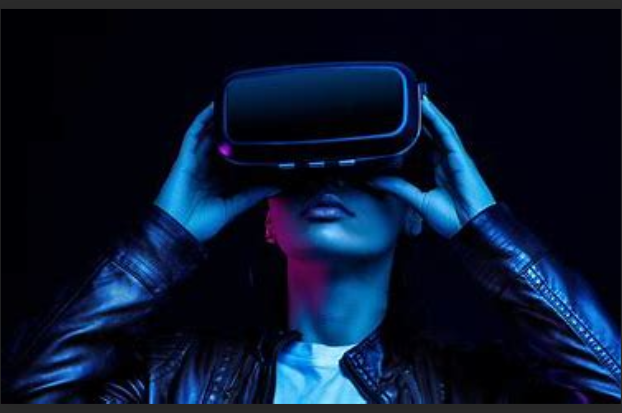
Technology holds the key to a successful and collaborative future. Billions of people live on this planet speaking different languages, living in diverse cultures, and practicing various lifestyles. There are many apps that connect the worlds of virtual reality and reality but one that I was thought great for all ages was YouTube360. This allows the person to discover anything! Space, oceans, do-it-yourself projects, political affairs, and practicing for job interviews can all be simulated through this app. One feature that I feel that can globally collaborative is a simple cooking educational experience. Many cultures exist and they can come together through this app without the worry of a language barrier or restrictions. Cooking lessons, advice, ideas, and kitchen safety can all be simulated through this app in the classroom and at home. This feature will help connect many people with the needed skills required when they become adults or even help adults with disabilities.
The Making of a 360° VR Recipe Video | Food Network (youtube.com)
Cooking Simulator | 5 Star Career Run | NO COMMENTARY | Casual and Relaxing Gameplay (youtube.com)

Virtual Trips Around the World
Virtual and augmented reality has become an incredible tool and resource for education and learning. One of my favorite applications of this technology is its use for virtual field trips. Field trips can be an amazing opportunity for students to learn more about the world in an engaging and exciting format. Yet field trips are often expensive and difficult to set up. Plus there are always restrictions on distance.

However, with the use of virtual reality and augmented reality, students can participate in digital field trips from within the school itself. Without evening have to leave school grounds students can explore museums, monuments, and more from anywhere across the globe.
Advantages of Augmented and Virtual Reality.
By being able to visit locations around the world. It also allows students from classes in different countries to collaborate and visit the same locations virtually despite massive distances. Students from different countries can learn about each other’s country and its history together by visiting important landmarks and museums, collaborating in a way that would be impossible without virtual or augmented reality.
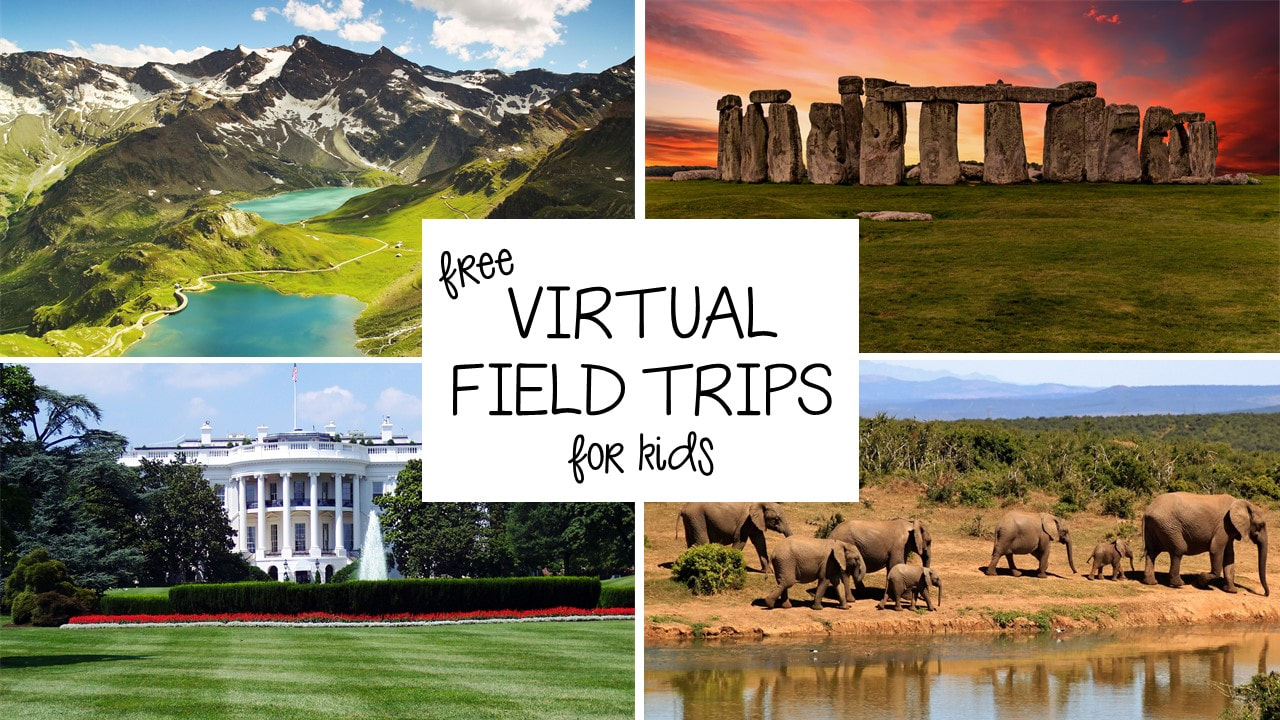
This article 5-Minute Film Festival: Teaching With 360-Degree Videos provides a few basic examples of augmented reality field trips that can be used for education. While these examples are fairly simple compared to more advanced augmented reality or virtual reality, they help provide an entry point for teachers interested in including this type of application in their classrooms. Some of the field trips included in the article are a virtual guided tour of pairs, An interactive view of the solar system, and a view of a Romaleosuarous.